

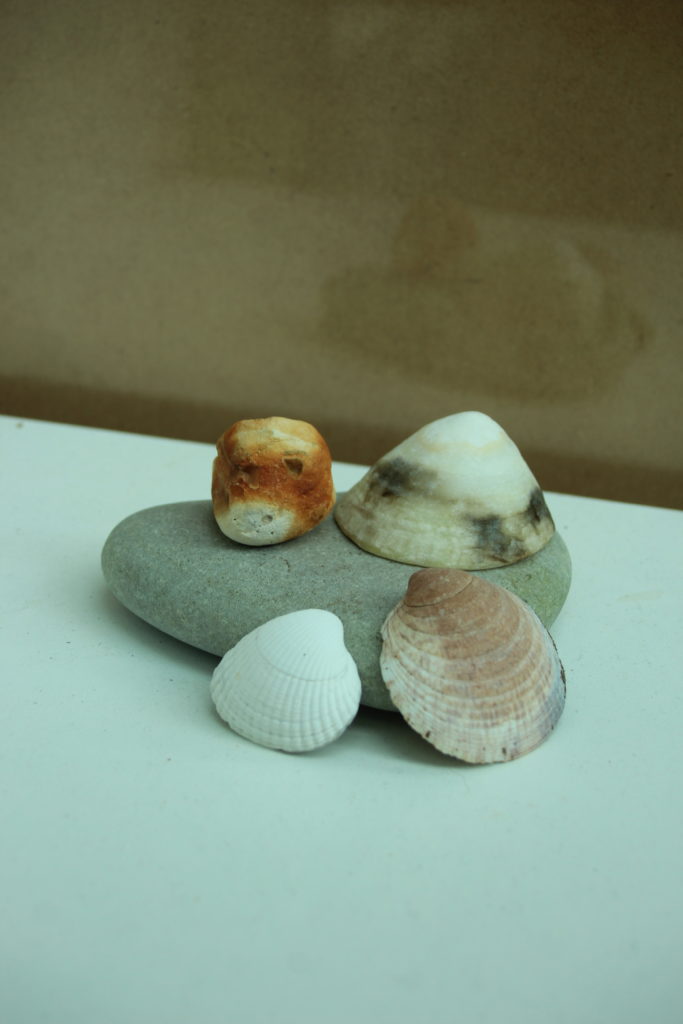
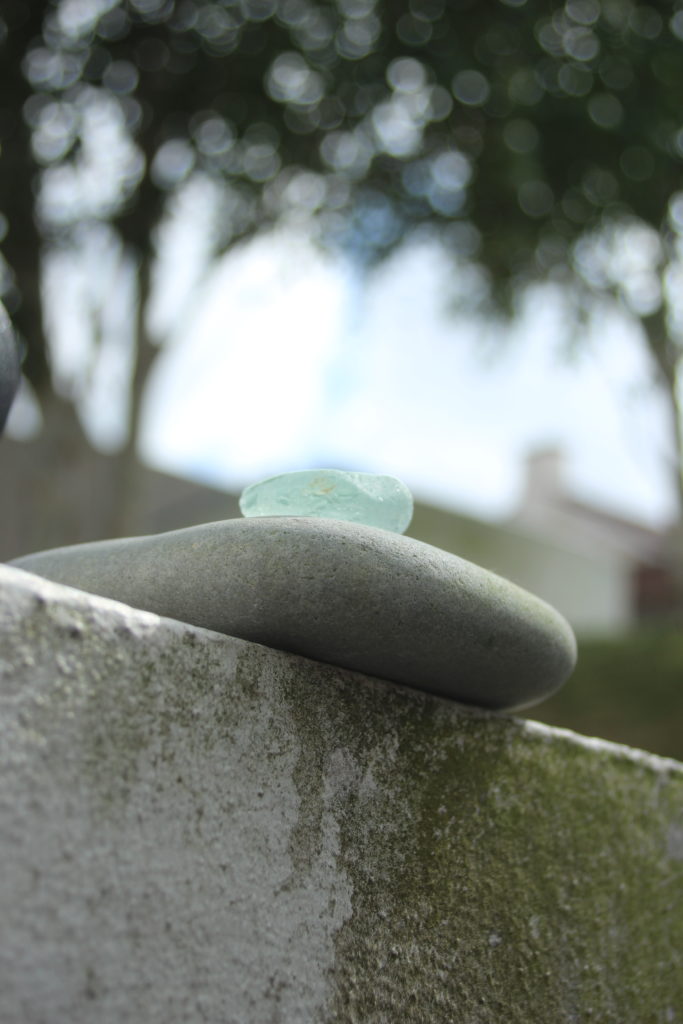

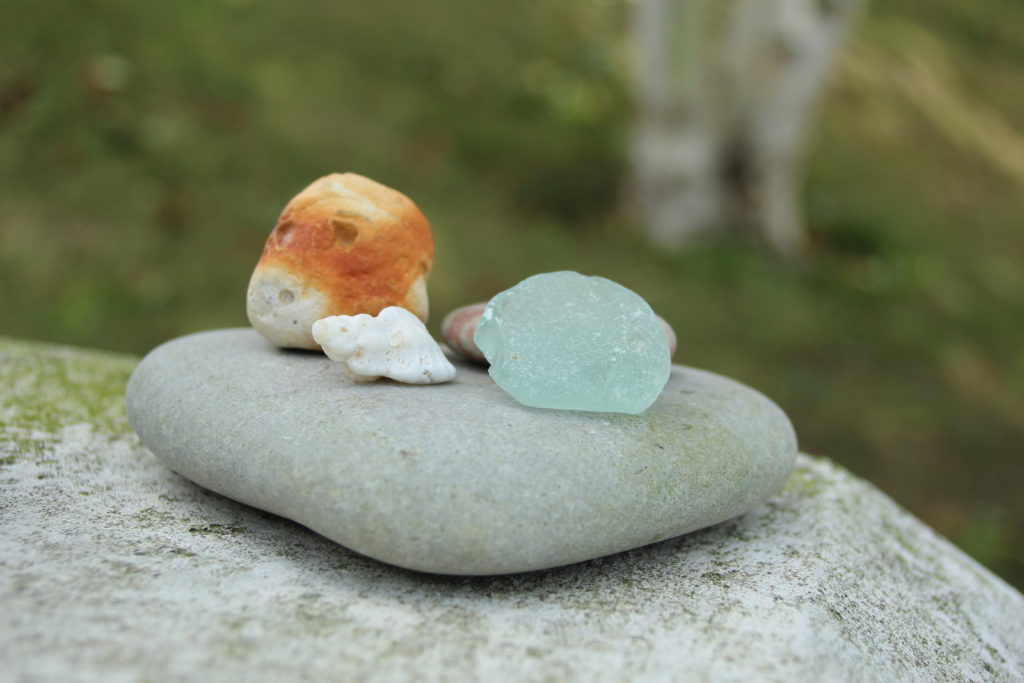
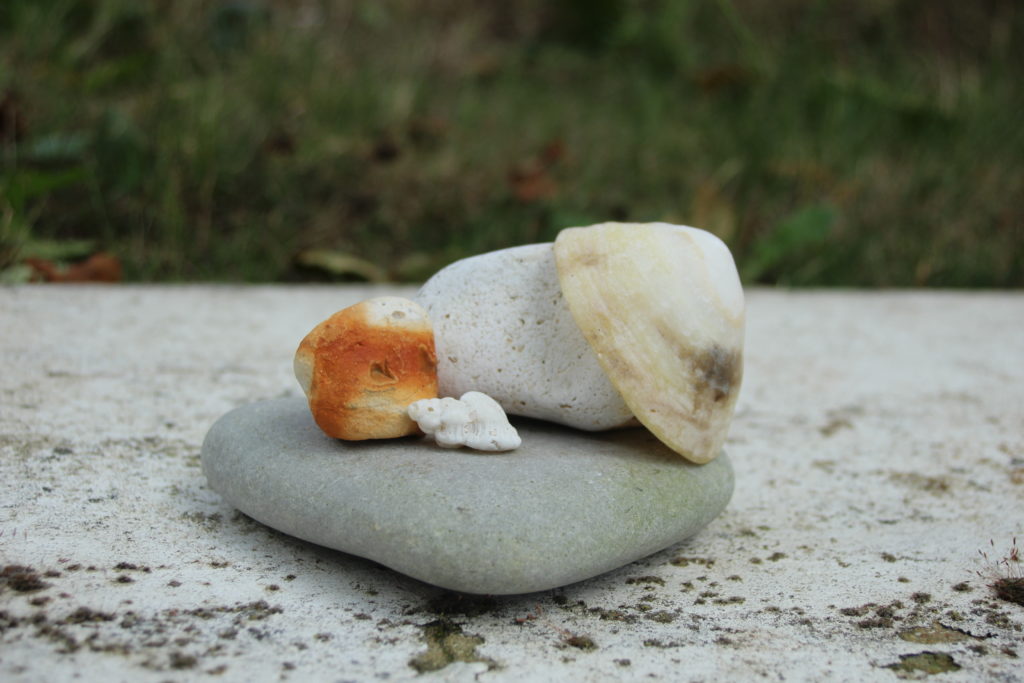

I photographed a range of different beach objects around the school. I took some pictures inside and some outside.








I photographed a range of different beach objects around the school. I took some pictures inside and some outside.
This is Adobe Lightroom, the tool I will be using for most of the time.
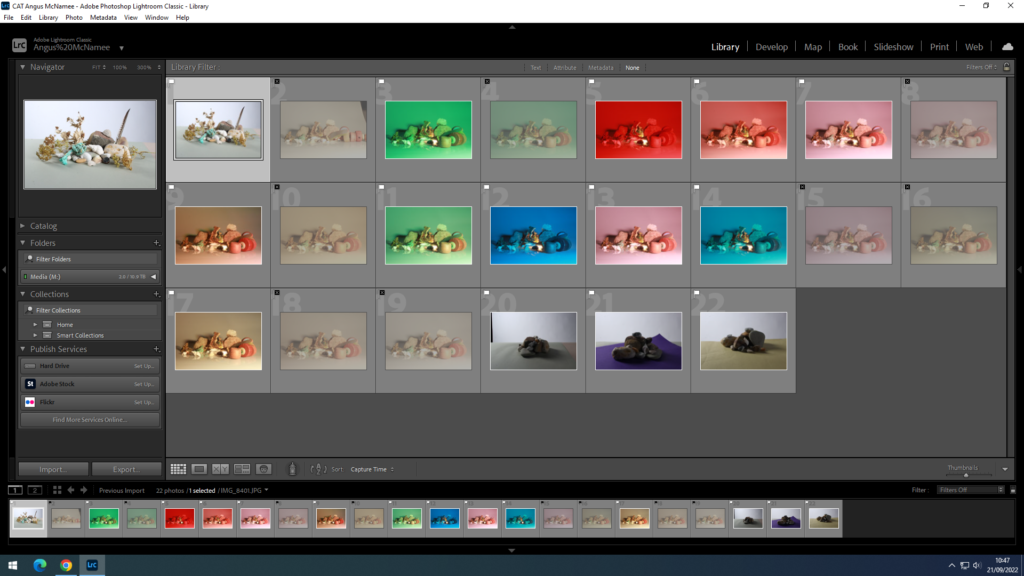
These are the pictures I took in the studio.
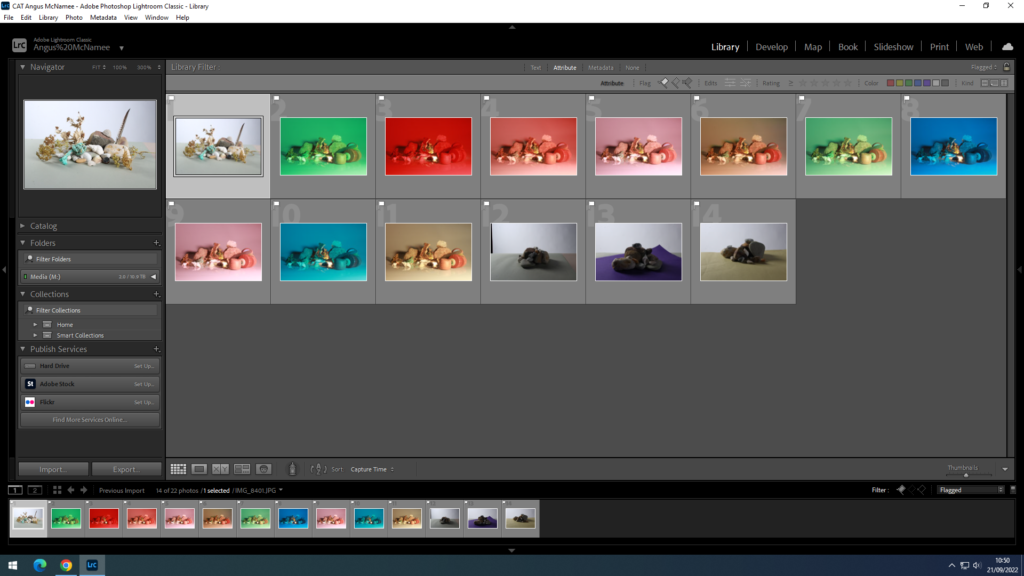
I filtered out my rejects to show only the ones I flagged.
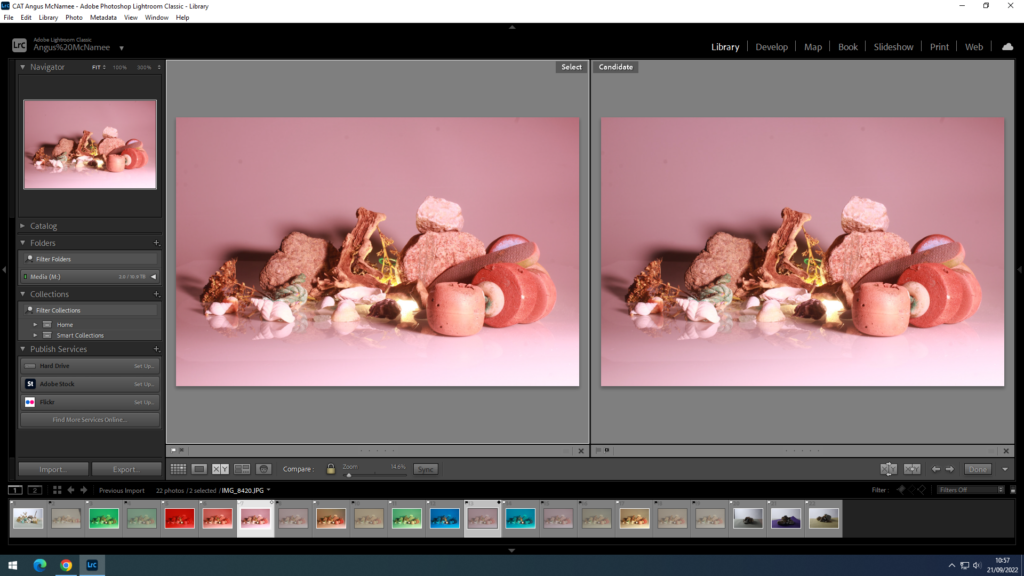
This is the compare view, it helps determine which image is better if you want to keep one and discard the other. You can even zoom in to see every detail.

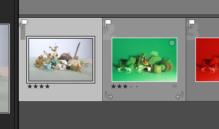
You can rate each post with stars too.

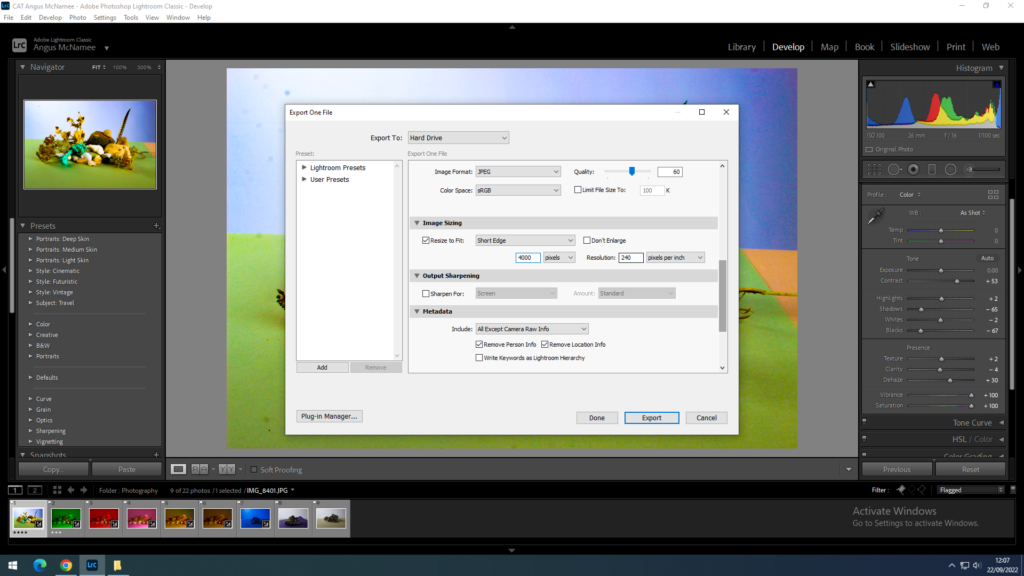
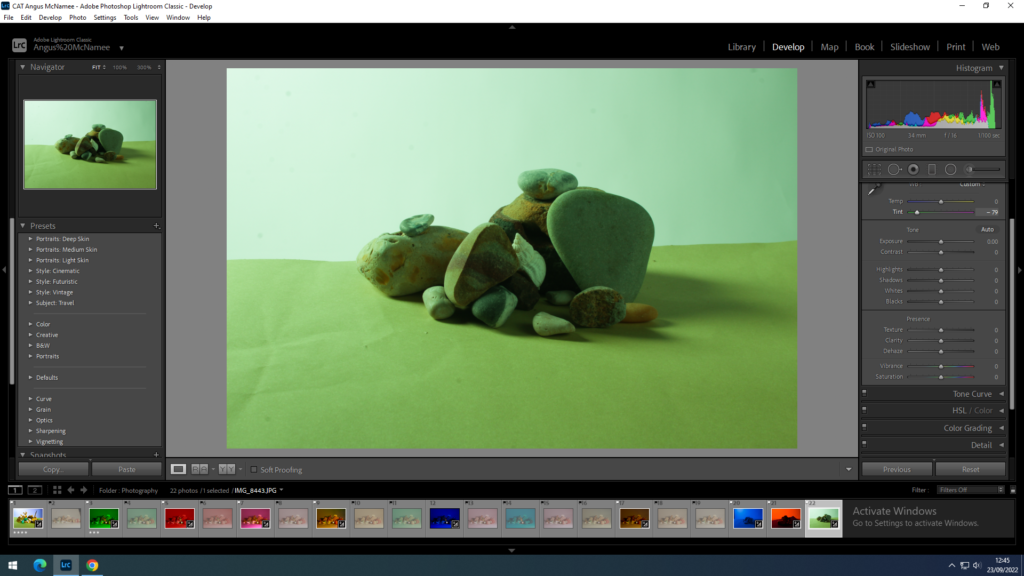
This is me editing each picture I took by changing the lighting and colours to make the pictures better. I’m also saving my pictures in different subfolders.
These are the final products, I think they look very good:
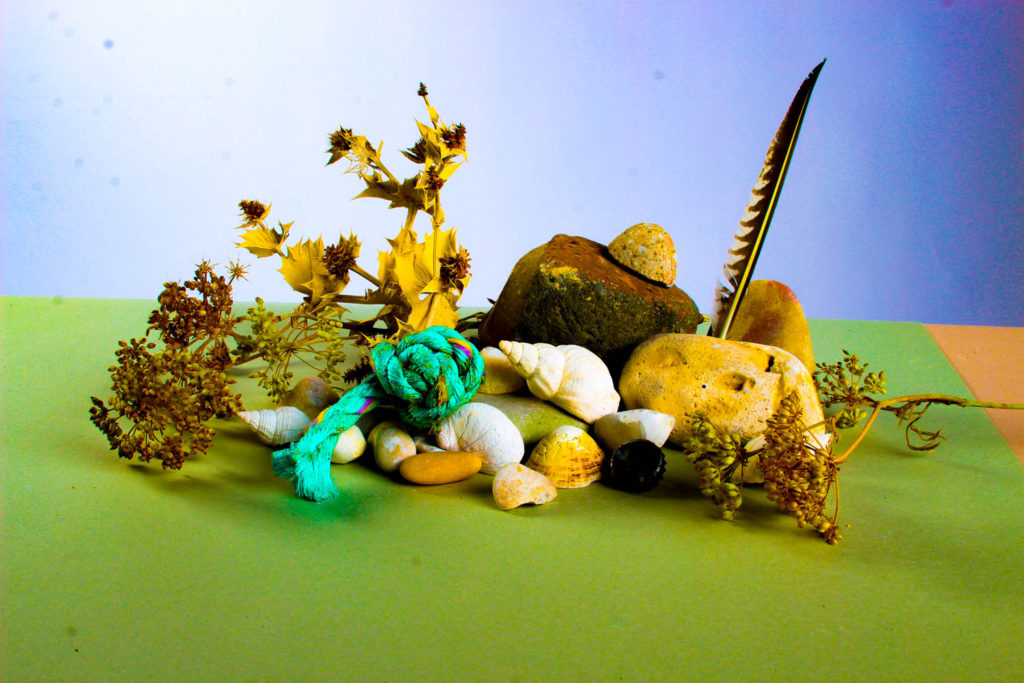
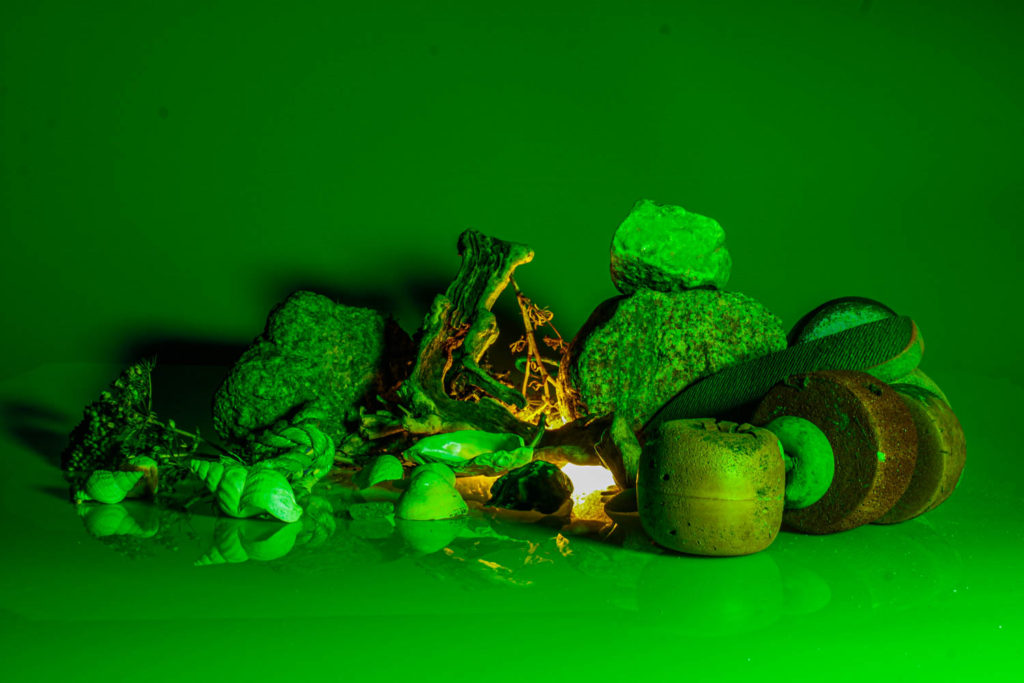
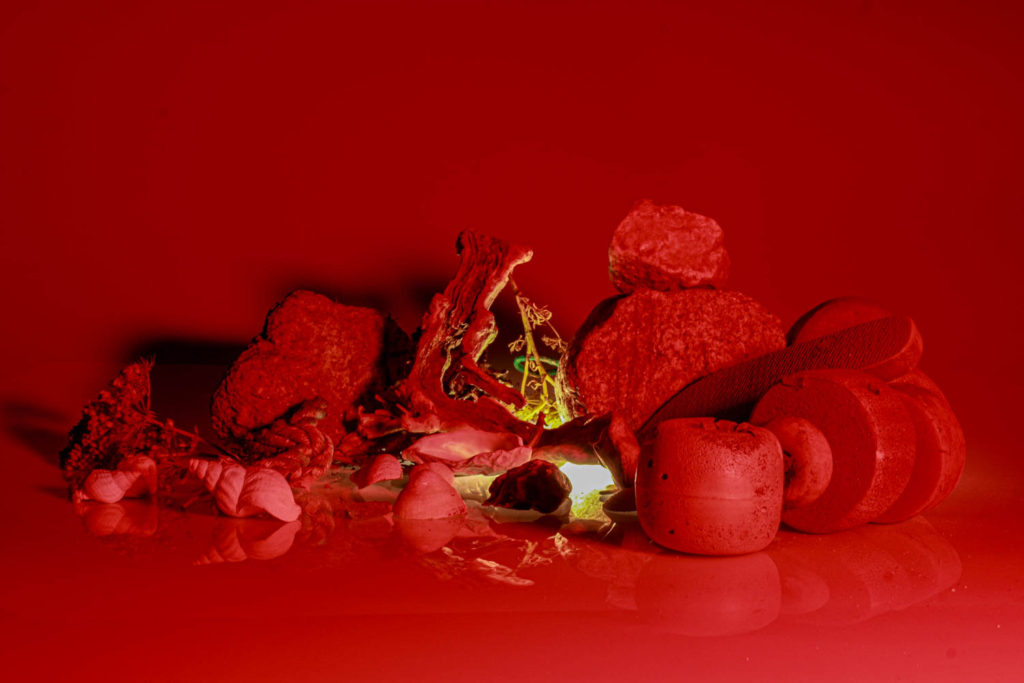
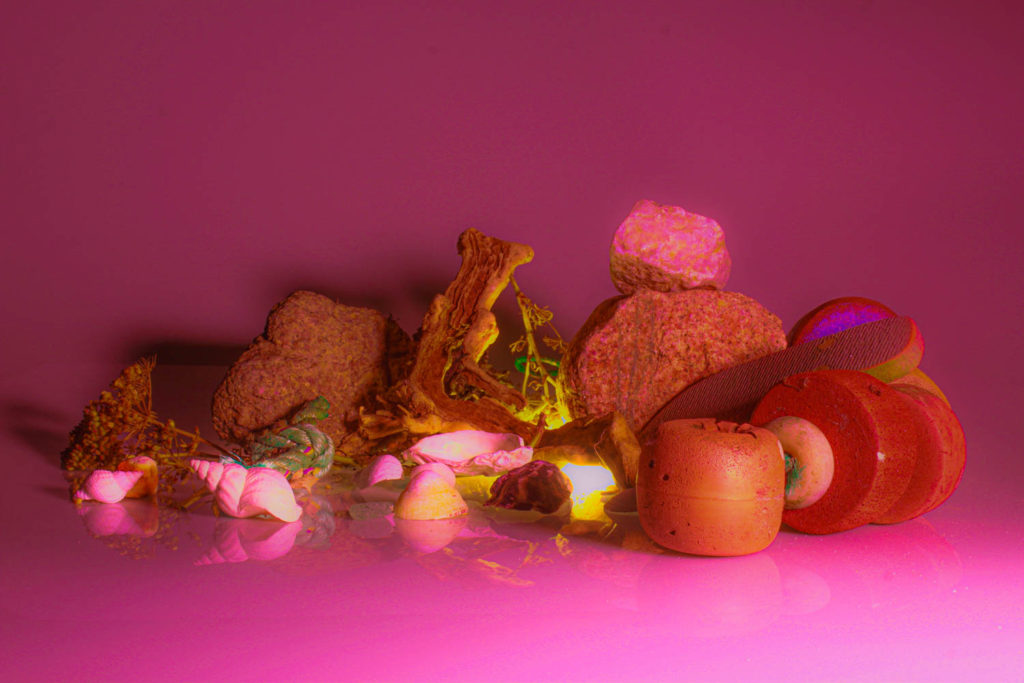

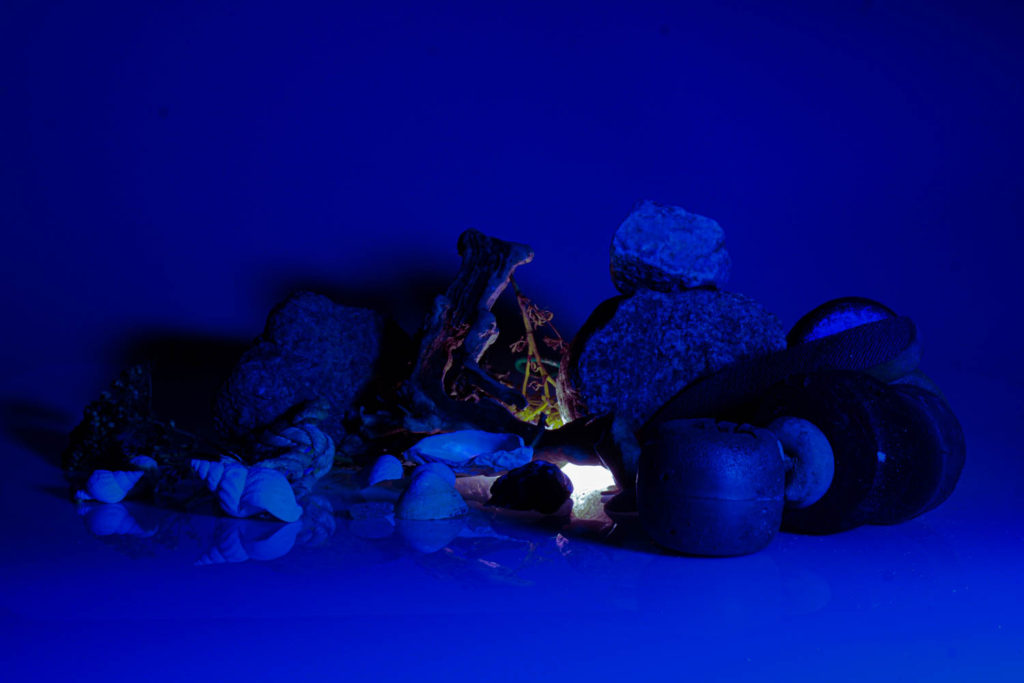
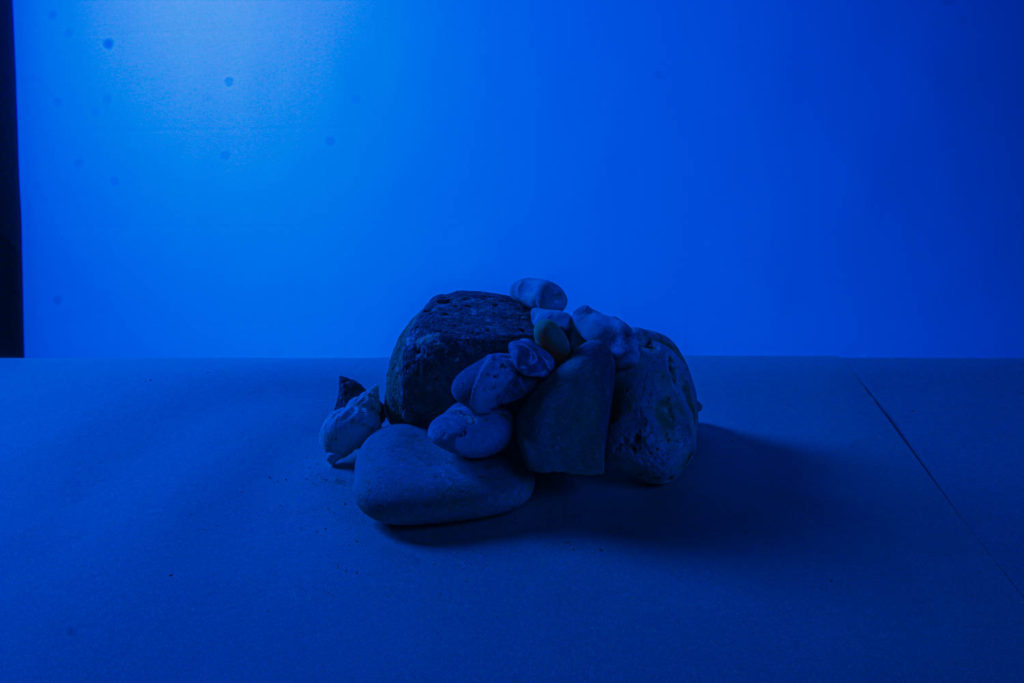

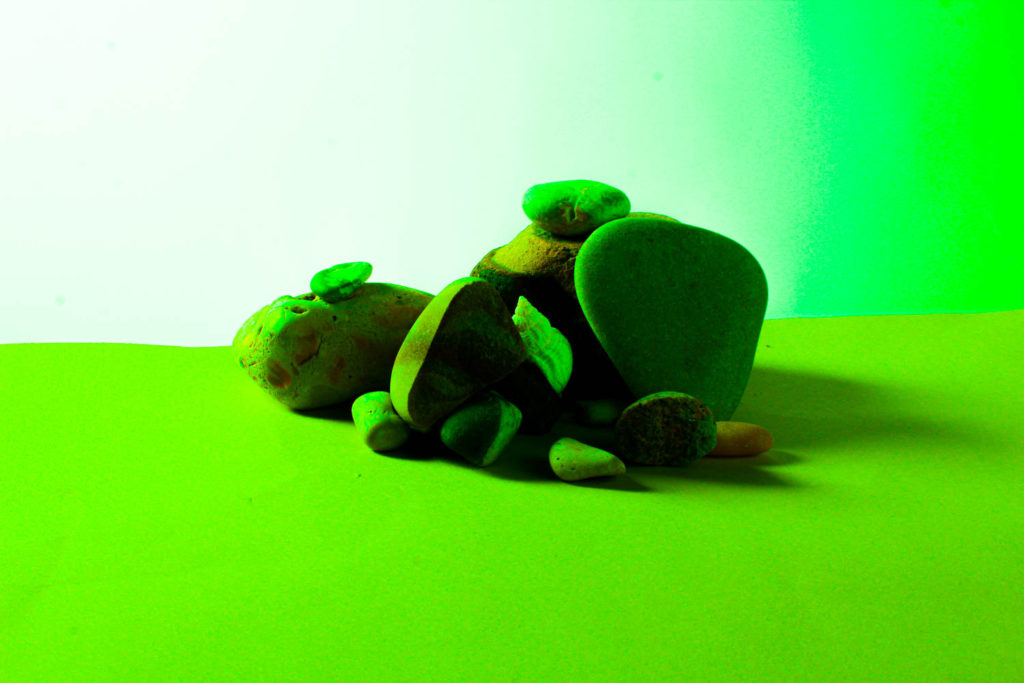
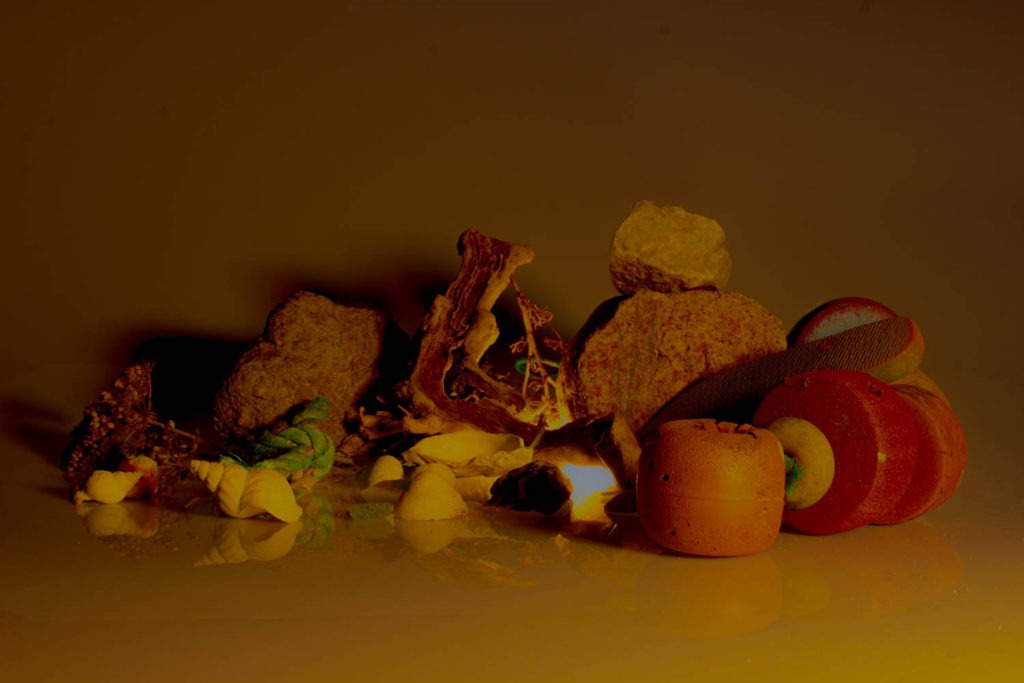
Still life photographs or paintings are just a arrangement of objects, which typically include fruits and flowers. They also include objects which contrast with the fruits and flowers like glass bowls and vases.


Marion Buccella paints many different still life scenes, with garden objects and flowers. Also stuff like kitchen utensils and foods. She also does vintage still life which includes things like old books, candles, feathers and ink. These different paintings could relate to things like meals in the kitchen for the kitchen still life paintings and also authors in the vintage still life paintings.
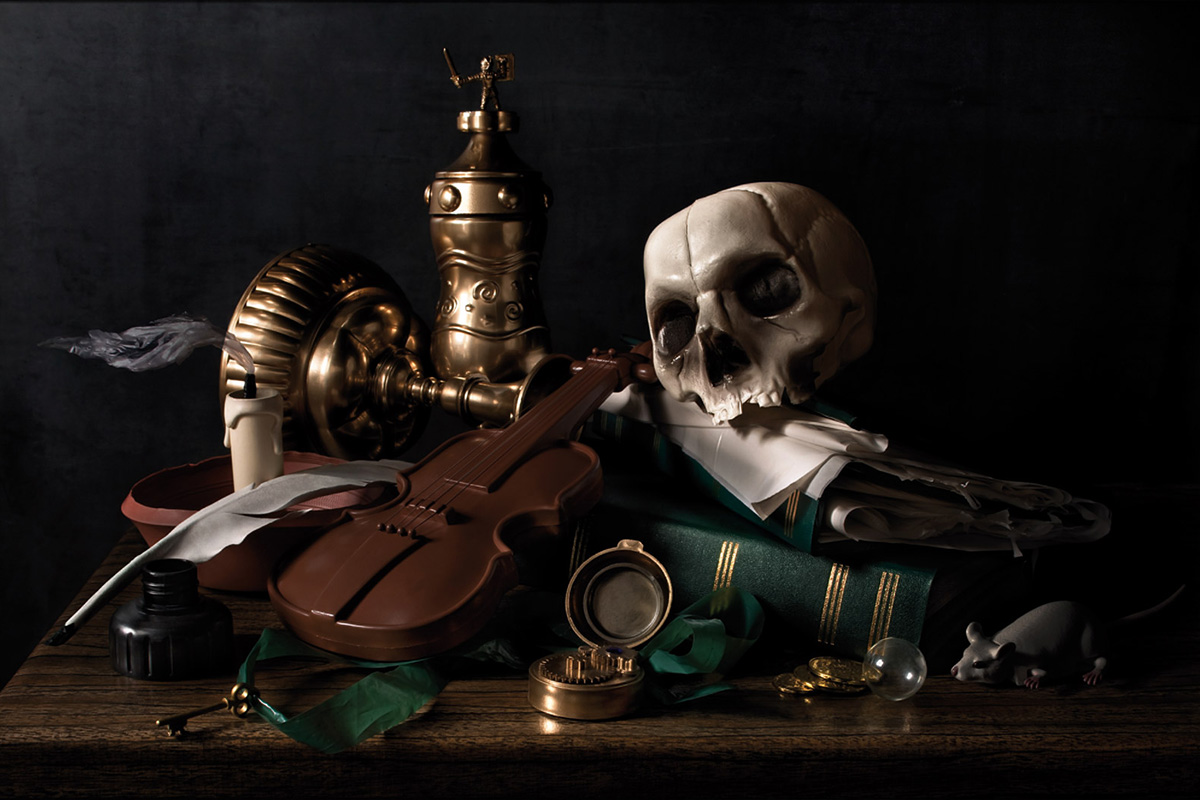
This Dutch still life painter decided to do something different to using the normal still life objects, by using all the usual objects but made in plastic. This relates and draws out attention to the every day and over use of plastic and how many things are made with plastic in the modern world.

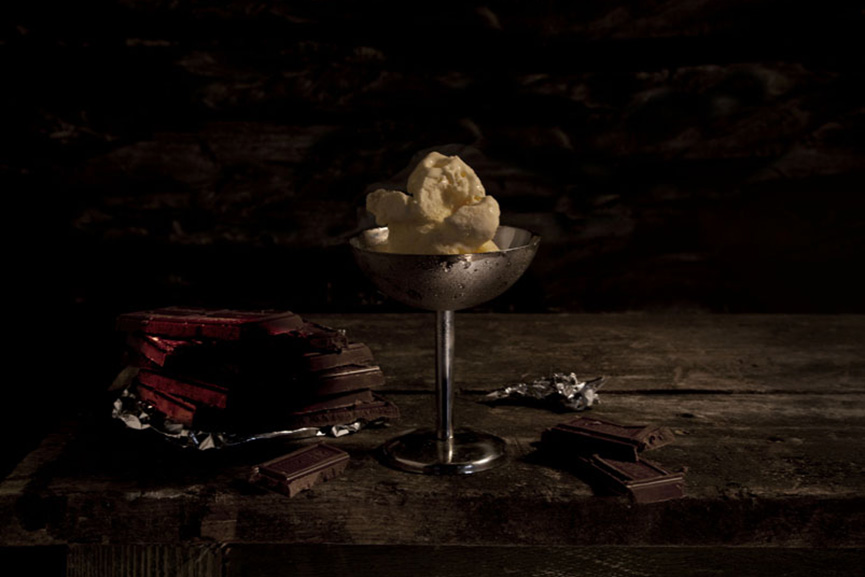
This photographer created a series of photos which were all using last meals on death row. He used old plates, cups etc to mix the idea of the modern-age with vintage items. These photos, although they do not seem it are actually based on real last meals from death row inmates before they were executed.

What is still life: still life is traditionally a collection of inanimate objects arranged as the subject of the photo. Where does still life come from still life derives from the Dutch word stilleven. It was used for a panting in the 17th century not a photo however we use the word for photos and paintings that have still life in them like fruit, flowers, cups, etc.

The painting generally considered to be the first still life is a work by the Italian painter Jacopo de Barbari painted 1504. The “golden age” of still life painting occurred in the Lowlands during the 17th century. (here it is vvv)

Paulette Tavormina is a famous still life photographer she takes the some of the best still life images.

Continuous lighting vs flash lighting:
Continuous lighting is the opposite of flash – the lights are constantly lit instead of only when the shutter is pressed.
Continuous lighting can be paired with a slower shutter speed, giving the photographer the opportunity to create shadow and even a chiaroscuro effect. With this slower shutter speed however, (anywhere under 1/100 of a second) the photographer would need to remain aware of any movement in the image, and to temper this with use of a tripod, if necessary. Therefore, a differentiation between the two will give different results.
There are different types of continuous lighting however, which I will show examples of here:
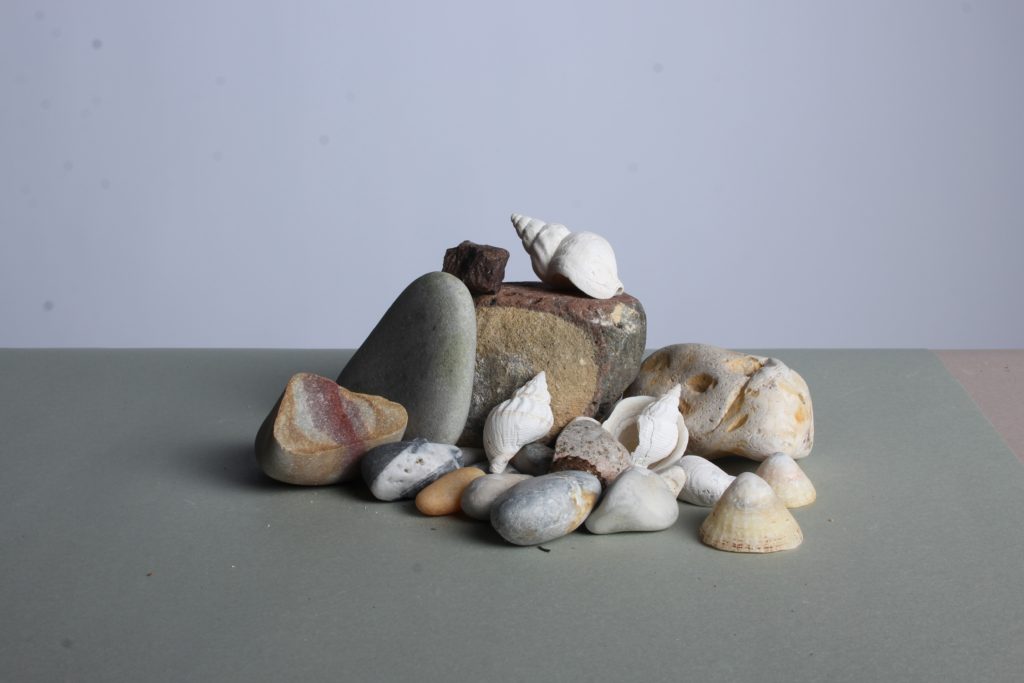
A Key light is the primary source of light in your images. The colour, strength and shape of your key light will affect the entire composition.

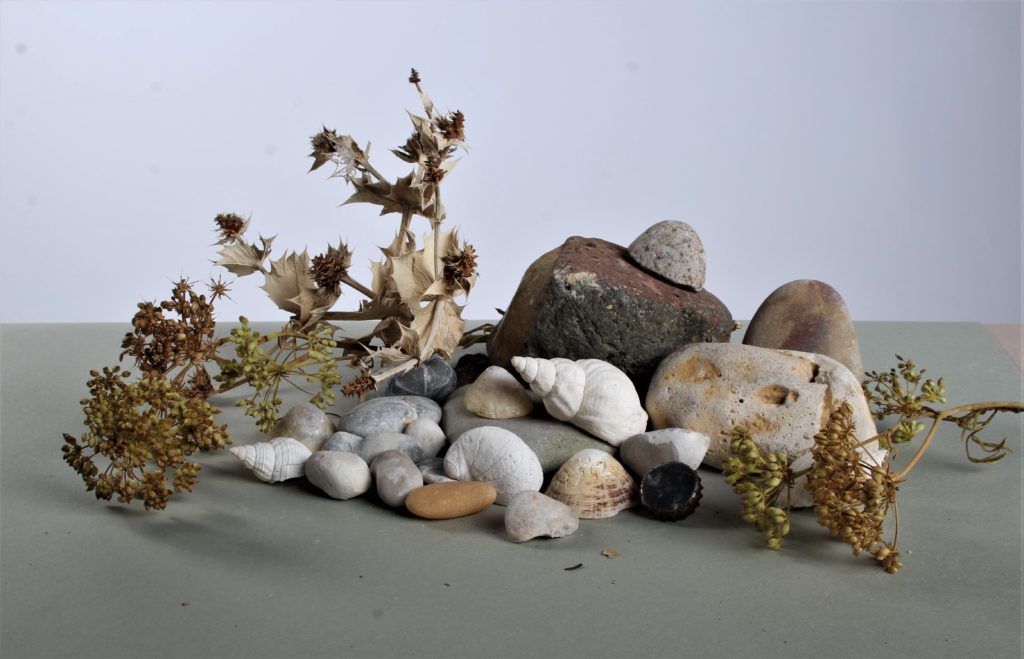
Backlighting involves having the main light source for a photograph behind the primary subject – this can create some interesting shadows and also eliminate ambiguity if the photographer wishes to.
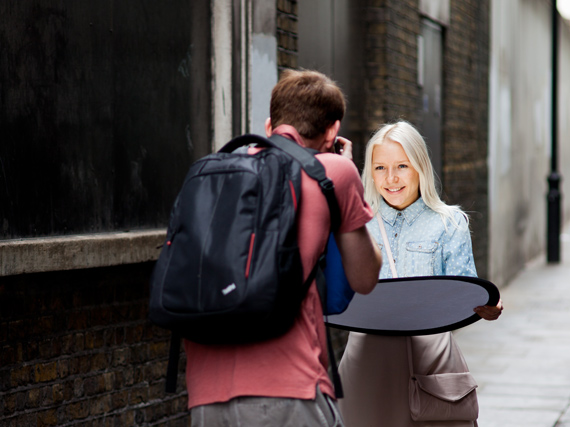
Reflected lighting is a clever way of using the light in your environment to your own advantage and manipulate it to create different effects. In the above example, it is clear that by adding the reflection, the image will have far more depth and clarity, but will still have the same exterior background.
Flash lighting involves the use of a bulb that flashes when the shutter is pressed. This creates a high key light source and eliminates shadows. It is also mostly paired with a fairly high shutter speed.
https://fstoppers.com/lighting/continuous-lights-versus-flash-portrait-photography-610586
Still-life photography’s origins reside in the early 20th century.
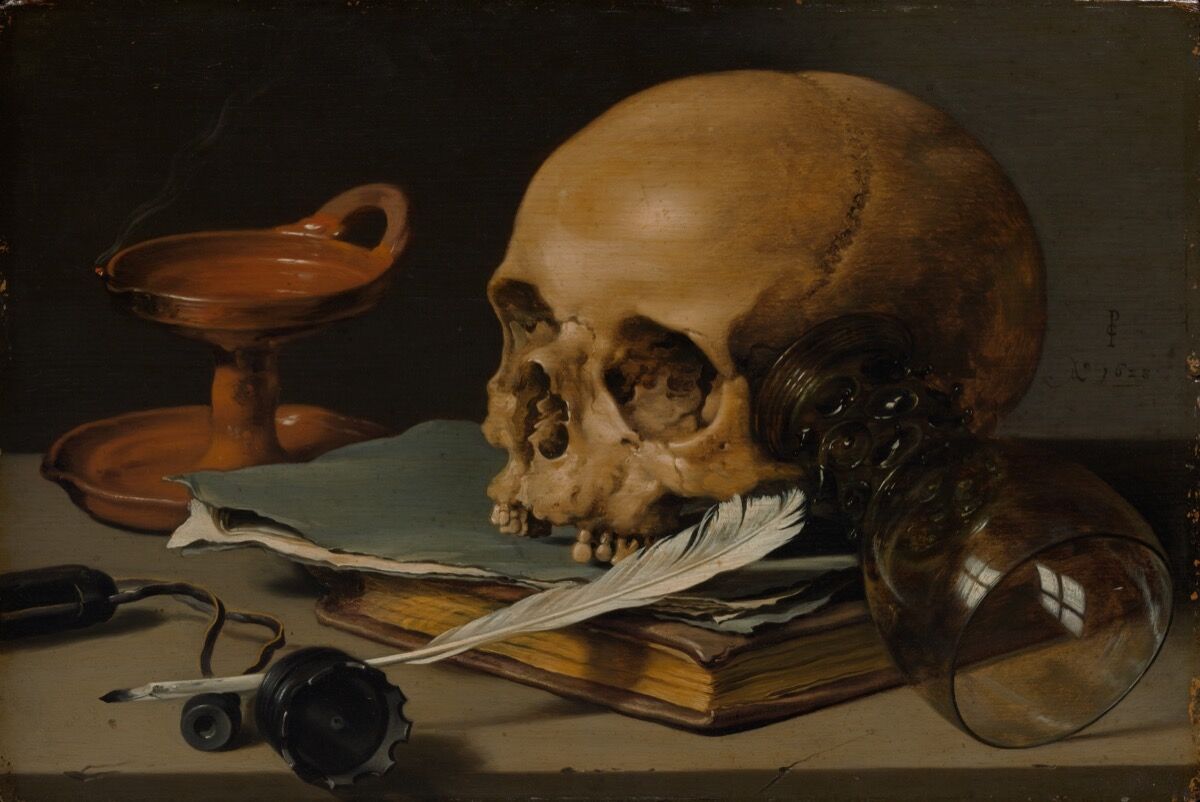
A Vanitas is a piece that portrays a meaning. It often suggests the idea of ‘now’- how pointless and inefficient pleasure is and the certitude of death. It creates a contrast between wealth and satisfaction with death and the idea of impermanence.
The term originally comes from the opening lines of the Book of Ecclesiastes in the Bible: ‘Vanity of vanities, saith the Preacher, vanity of vanities, all is vanity.
Vanitas are linked with memento mori still lifes (memento mori is a Latin phrase meaning ‘remember you must die’) which portray the shortness of life and how fragile it is. The idea of death is commonly symbolised with the use of skulls, burning/ extinguished candles and other inanimate objects. They also include other objects such as flowers, books, alcohol and other things that are seen as pleasure. These portray how worthless the ideology of pleasure is, as it always comes to an end and never supplies us with anything worthwhile.
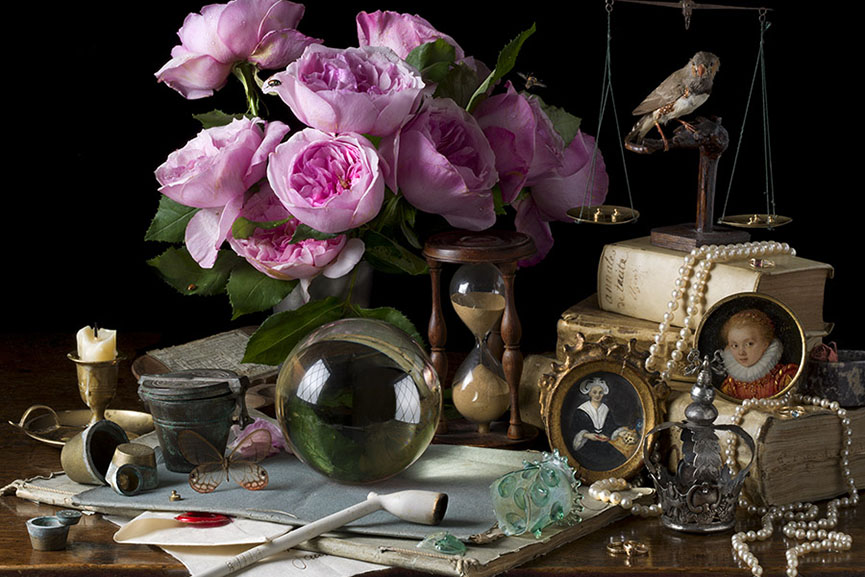
This photographer was inspired by the work of 17th century painters such as Giovanna Garzoni and Maria Sibylla Merian. Paulette Tavormina is a American photographer who creates still life pieces using many symbols of pleasure as well as the certainty of life, including things such as books and jewellery as well as extinguished candles. She uses dark backgrounds and bright lights to cause them to look as though they are surrounded in darkness while still bringing out the details of the objects.

This photograph seemingly looks like a desert photographed in a dark room. however, this photo is from a series called ‘Last Meal on Death Row’. Despite looking like intricately arranged foods photographed in a Still Life style, the true meaning portrays something much darker. The contrast between the luxurious meal and sinister backstory, causes this to be a very interesting still life piece. The symbolism of pleasure is engulfed in the disturbing fact that this is the last meal of an inmate about to be executed. Through the use of chiaroscuro (the contrast between the dark background and light colour of the ice cream enlightened by a dull spotlight), Mat Collishaw caused the image to look quite dramatic and eerie.
– Flowers: innocence as well as impermanence/ life and growth.
– Skulls: the certainty of death- commonly used to contrast with the other pleasures represented.
– Candles (mostly extinguished): the passing of time/ everything coming to an end.
– Books and Musical Instruments: warn of the futility of worldly pursuits (very expensive things at the time).
– Glass: life of luxury (very expensive at the time).
– Wine Glass: almost empty glass symbolises the brittleness of life.
Aperture can be defined as the opening in a lens through which light passes to enter the camera. in some other ways it can be describes as an iris as it work similarly like a human eye, where it can shrink or expand controlling the size or the pupil. in this example the pupil of the lens is named aperture.
When you control the size of aperture, you allow more or less light enter the camera sensor.
aperture can give a blurred background, which is usually used in portrait photography. This is because aperture has an effect on depth of field as it can add dimension to your photos by controlling depth of field.
For example, here is an image with a shallow depth of field:
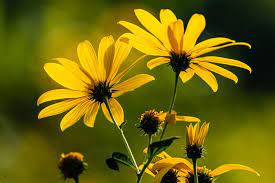
Aperture can also control how clear the background is,(opposite). this means more objects in the first plan and background would be in focus. this is often used in landscape photography where photographers would like to make everything in focus.

aperture also effects the exposure of an image, the lower the aperture the lighter the image and the higher the aperture the darker the image.
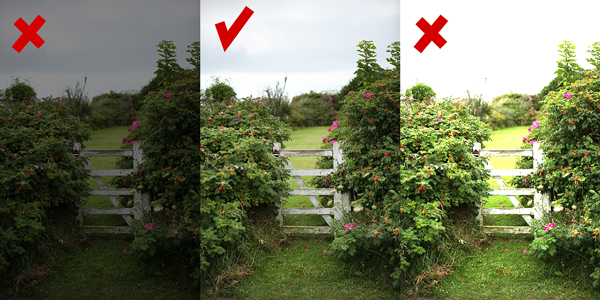
As aperture is controlled through the lens, the wider the lens, the smaller the aperture meaning more light and less in focus elements. another way to remember this is: a large aperture results in a large amount of both foreground and background blur and a small aperture results in a small amount of background blur
Depth of Field is the distance between the nearest and the furthest objects giving a focused image .In relation to depth of field the bigger the aperture, meaning the smaller the opening in the lens, the greater Depth of field , so more items are in focus.

Aperture can also be expressed as a number known as “f-number” or “f-stop”, with the letter “f” appearing before the number, such as f/6. This can be found on the top right corner of the cameras screen, like so:

Aperture affects in photography:
I have experimented with different types of aperture , resulting in some images being brighter then others. This is because as the aperture, the lens opening is wider it lets more light in causing the pictures to become overly exposed, whereas in other photographs I have used already set up camera, where the IOS, Aperture and Shutter Speed were set up in a way that was relevant to the place and circumstances
These are the settings of the set up camera, where IOS, aperture and shutter speed can be seen on the top row.
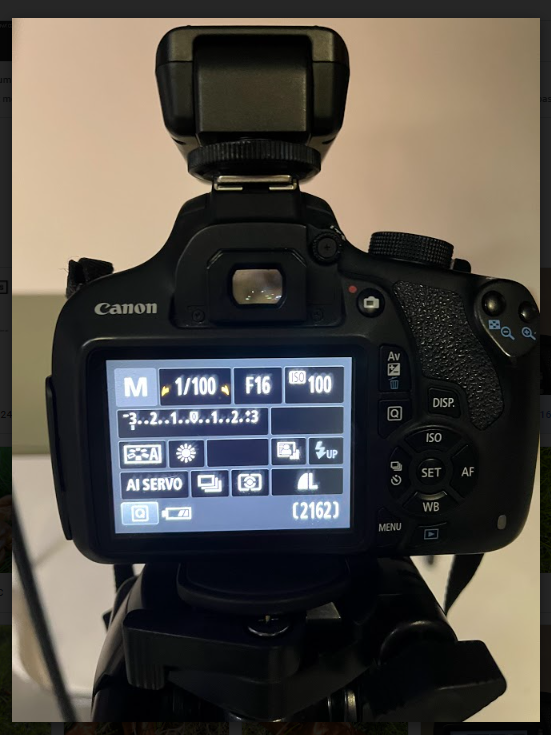
When taking photographs of the objects we had a set up white background and another coloured paper underneath the objects.
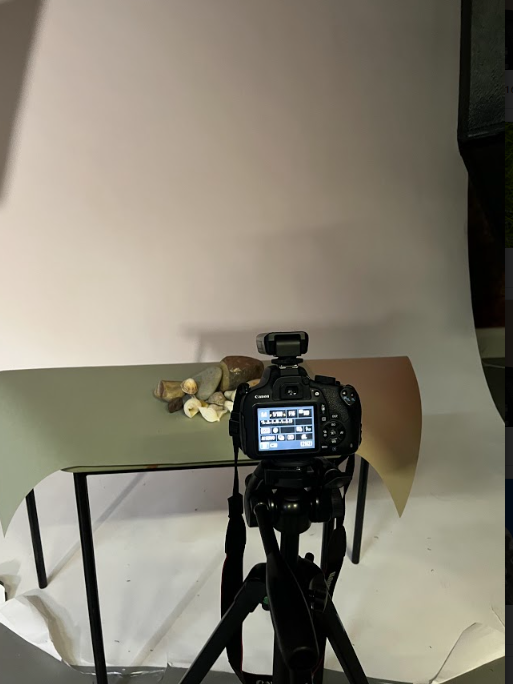
Over exposed image:
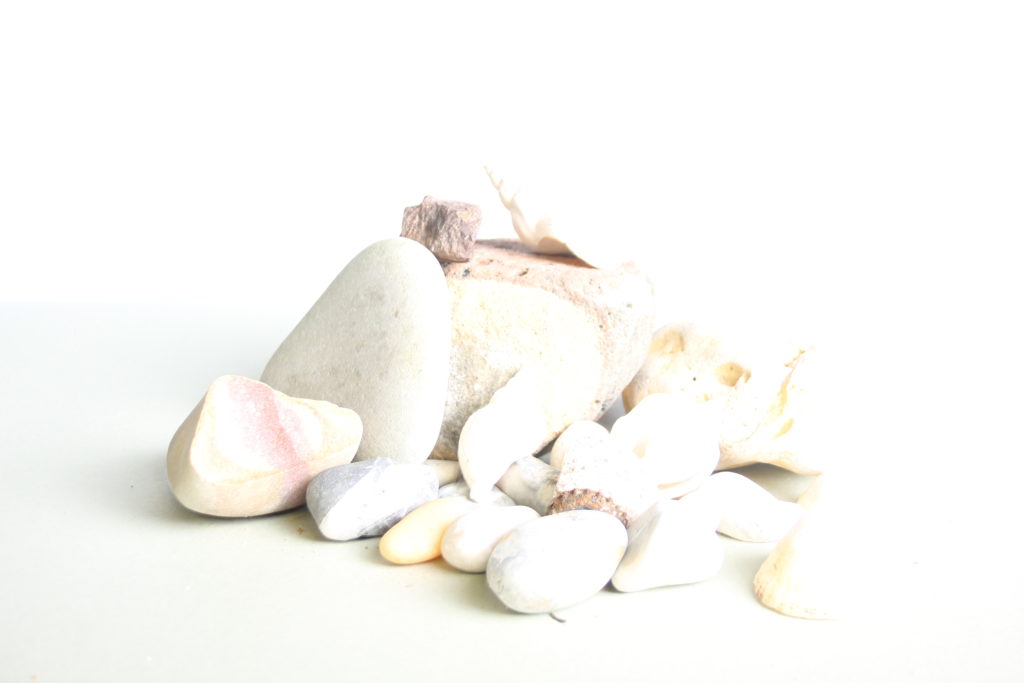
Image after adjusting Aperture:

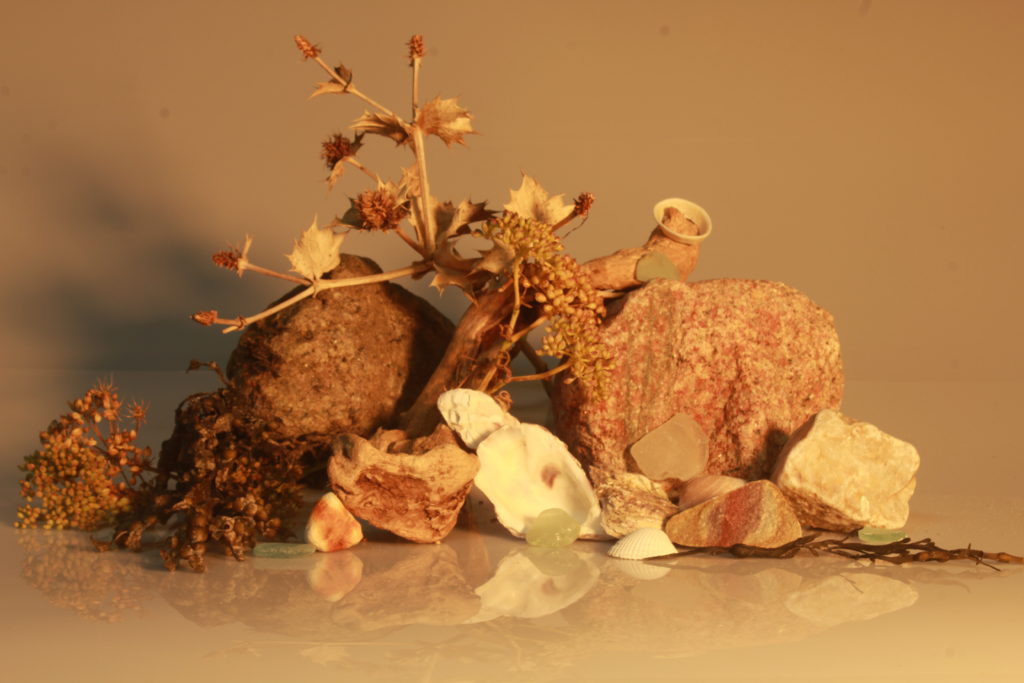
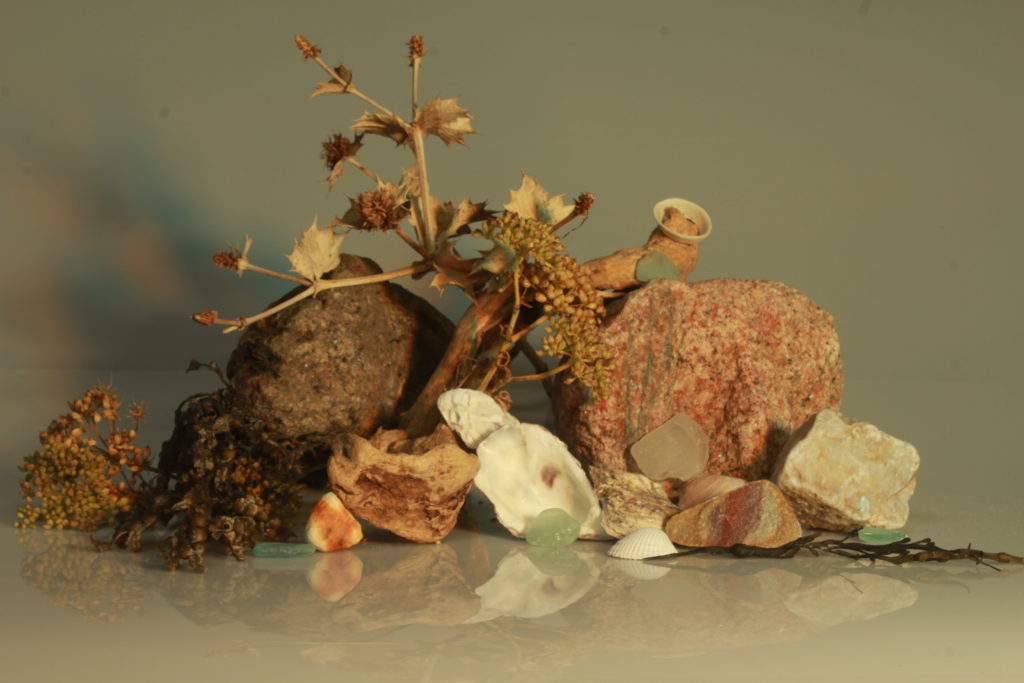
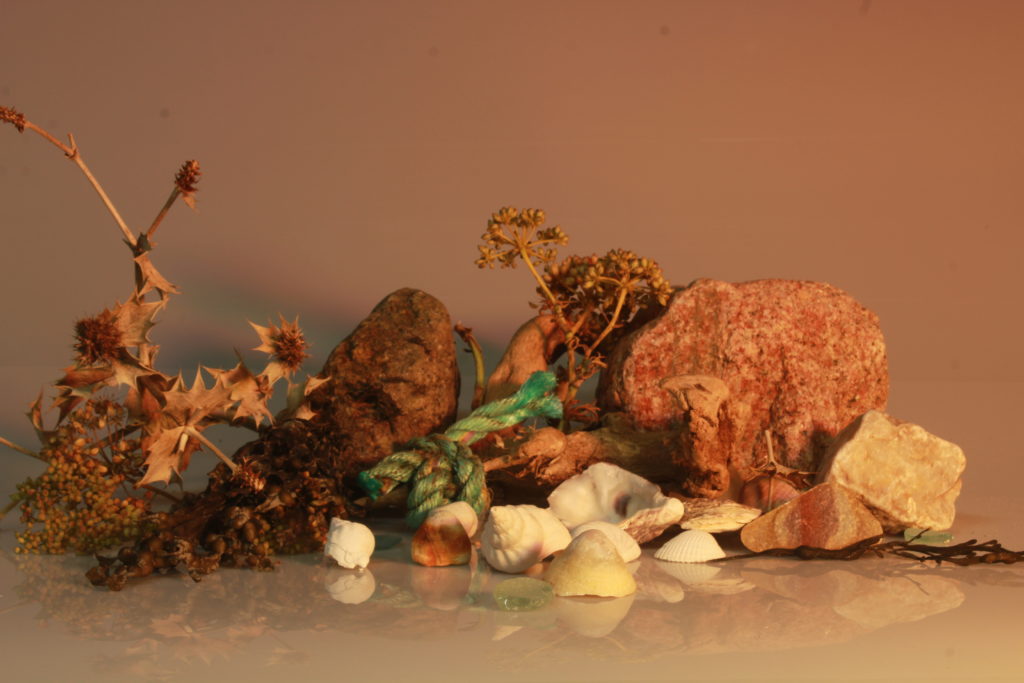
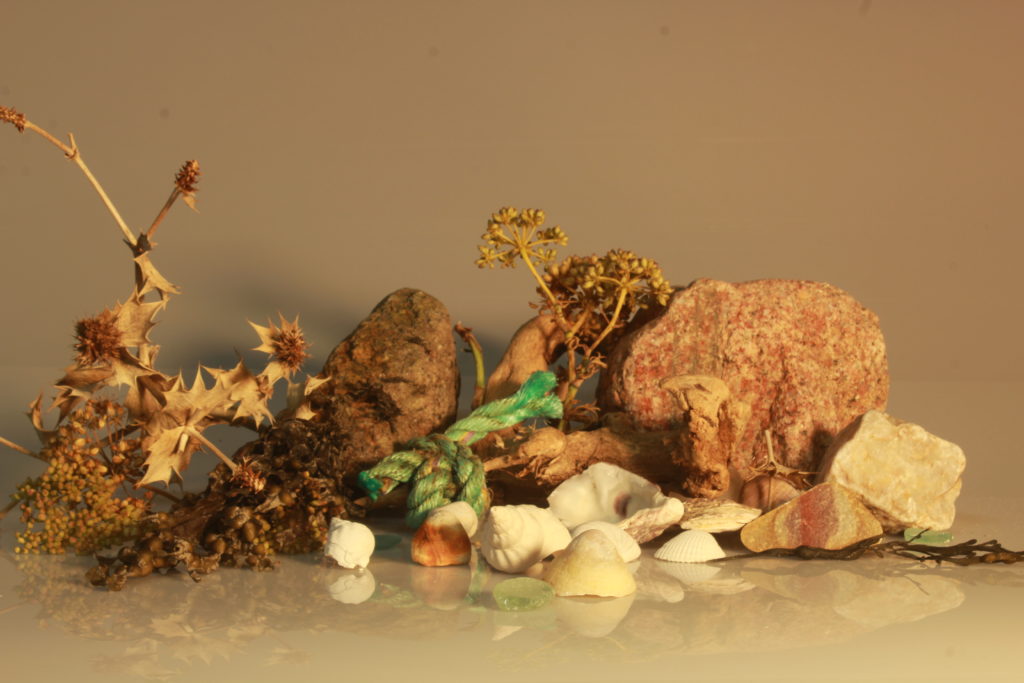

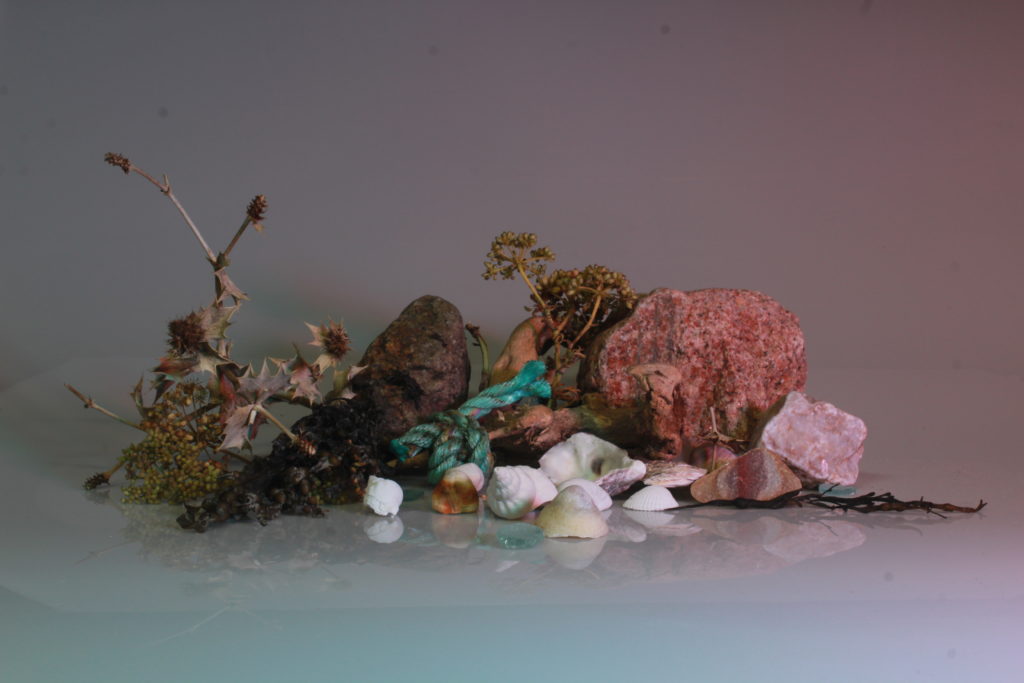
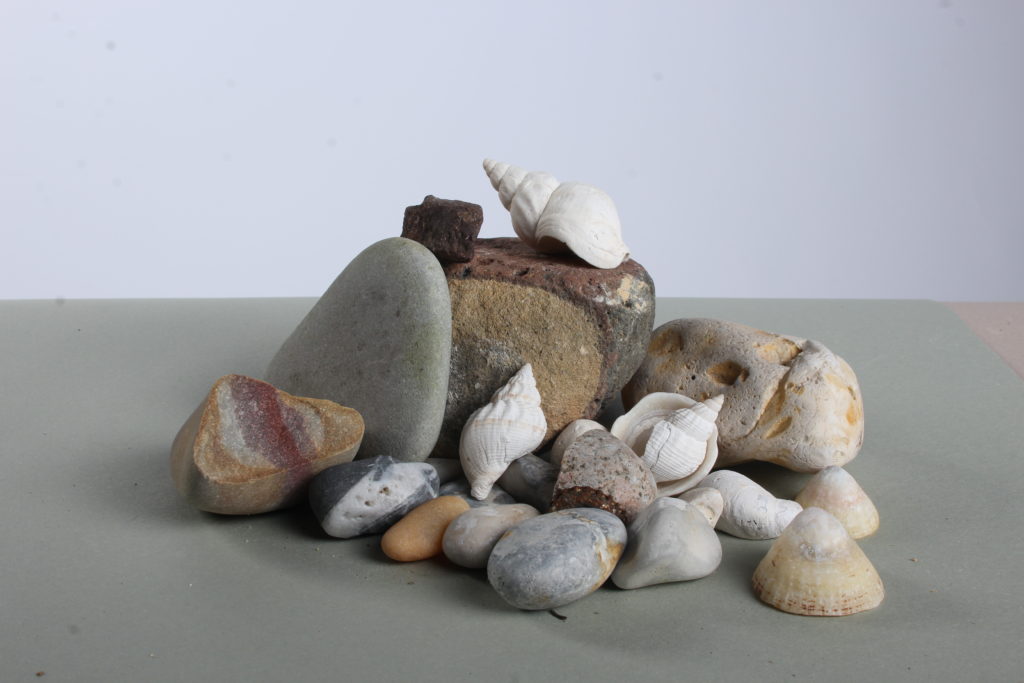

Aperture means to open the lens of the camera to let more light into the lens. Aperture is expressed in numbers, the average camera aperture goes from f/1.4 to f/22. The bigger the number the smaller the hole in the lens letting in less light. The smaller the number the larger the hole in the lens letting in more light.

How Aperture effects Exposure
As aperture controls the the amount of light that reaches the camera sensor therefore effecting the exposure of an photo. meaning that a wide aperture can lead to over exposure as there is too much light and a high aperture can lead to under exposure as there is too little light.
How Aperture effects Depth of Field
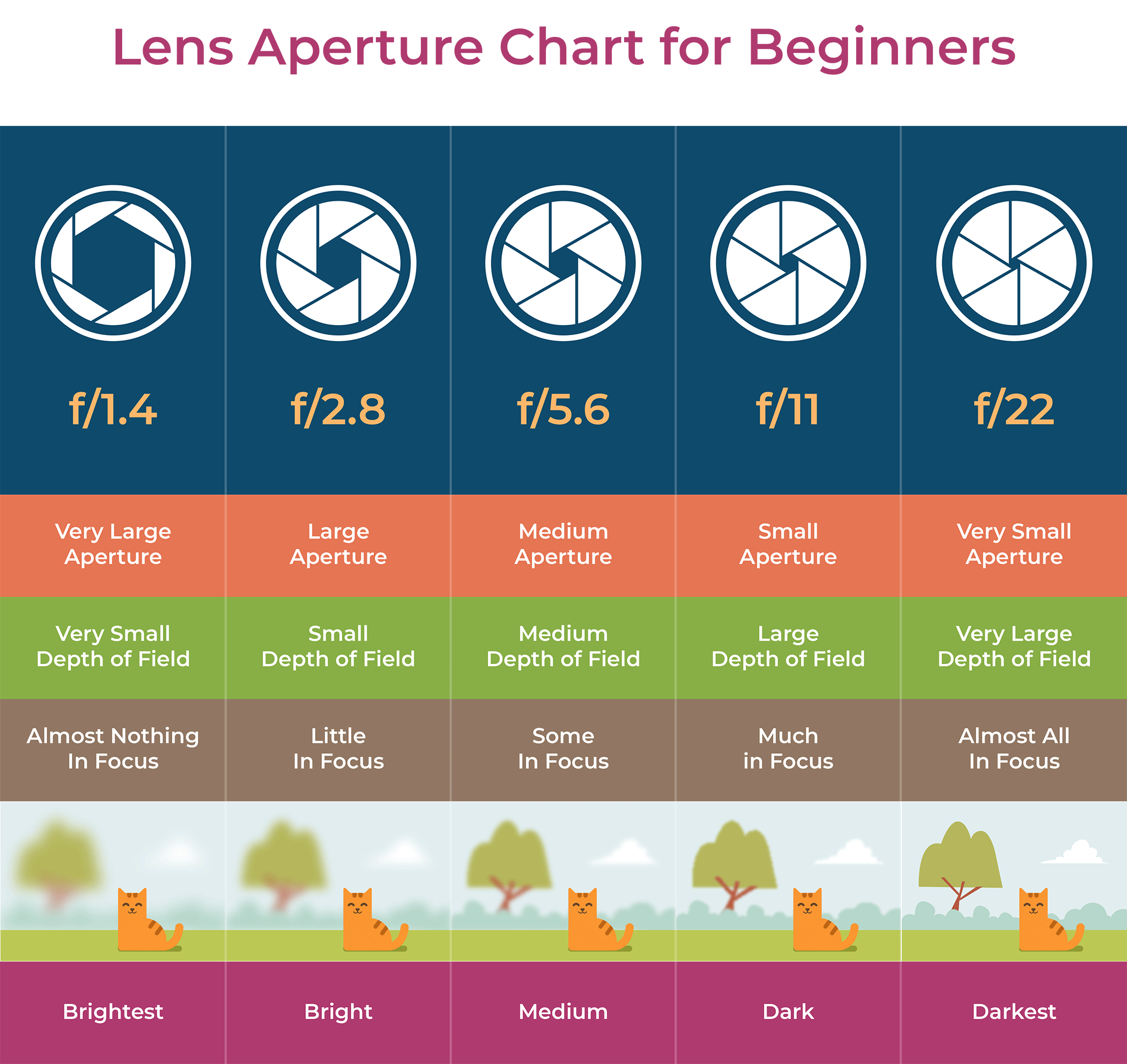
Depth of field is directly effected by Aperture the higher the aperture, for example f/22 the more background that’s in focus. For wider apertures it lets in more light meaning less of the background is in focus.

WHAT IS SHUTTER SPEED?
Shutter speed is the speed at which the shutter of the camera closes. The size of the shutter speed effects how the image turns out. On a faster shutter speed, the image will be sharper and more clear whereas on a slow shutter speed, the picture will be more blurry.

For example, a slow shutter speed of 1/2 means the camera is letting light into the lens for half a second, whereas a fast shutter speed of 1/2000 means the shutter is open for one-two-thousandths of a second.

PHOTOSHOOT
For my photoshoot, I aimed to create as much movement as possible to show off the effects of a slow shutter speed. We started off by throwing balls into the air and capturing their fall before trying to create movement with our bodies. To do this we tried multiple actions including spinning, jumping, punching, etc.
BEST SHOTS
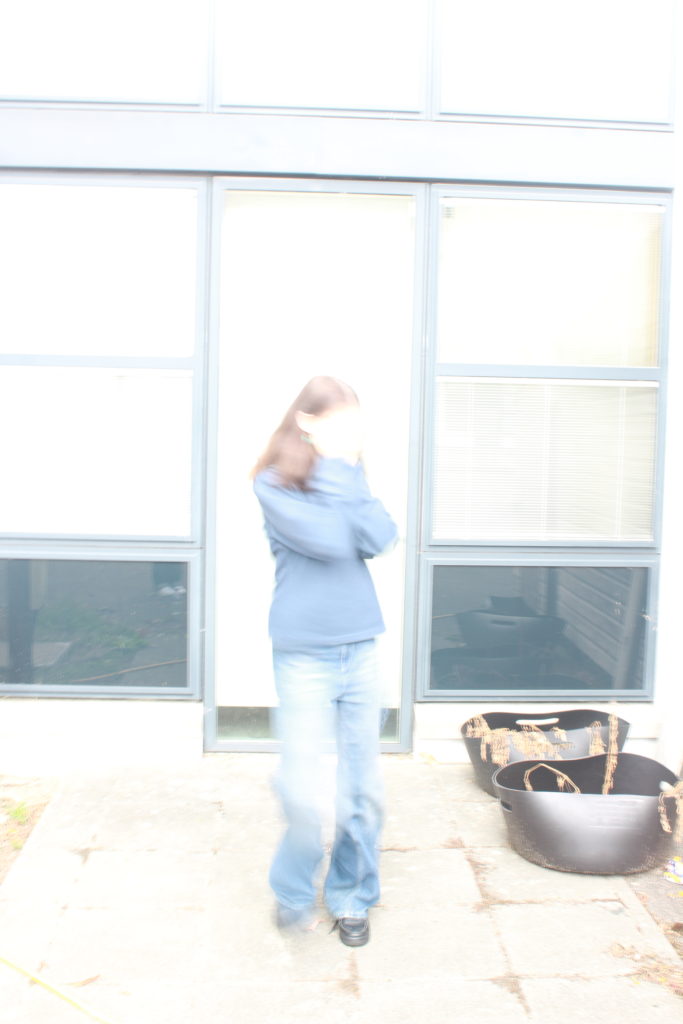
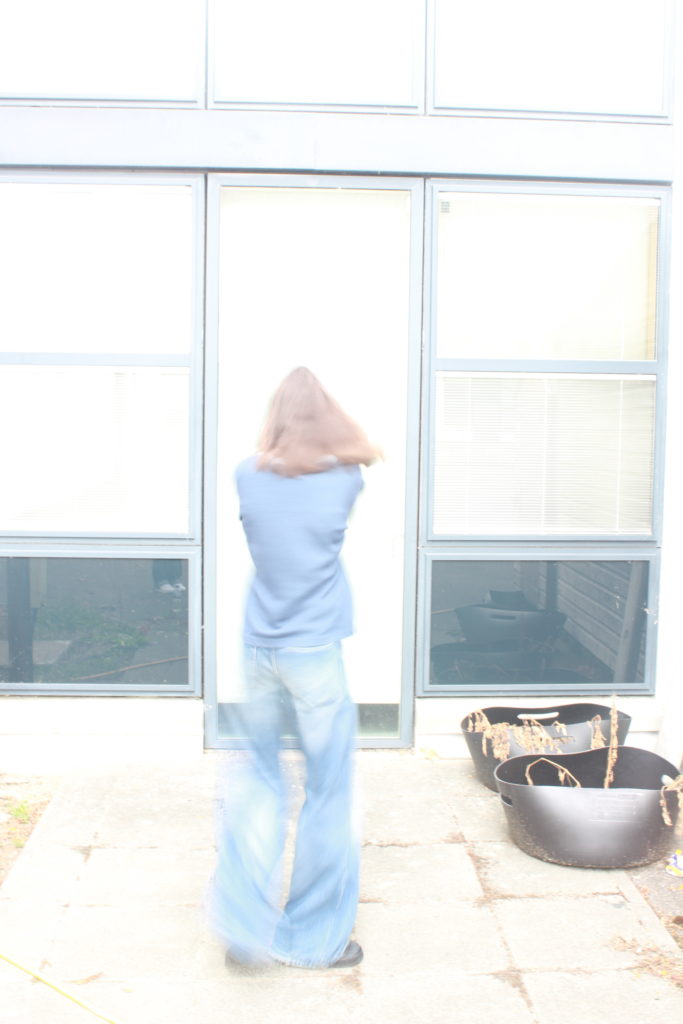
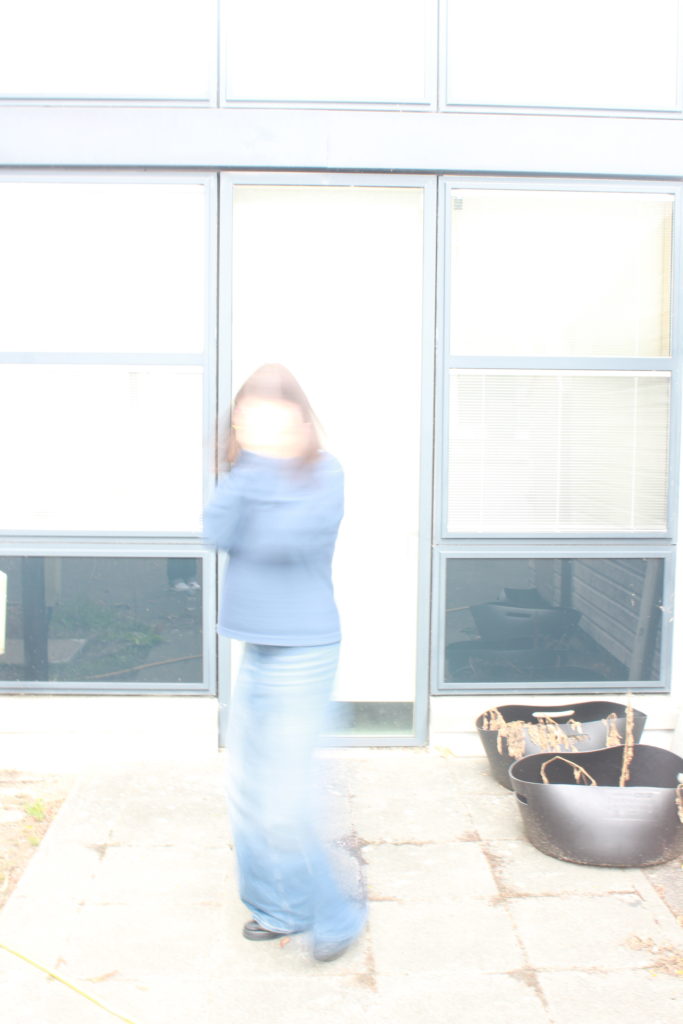
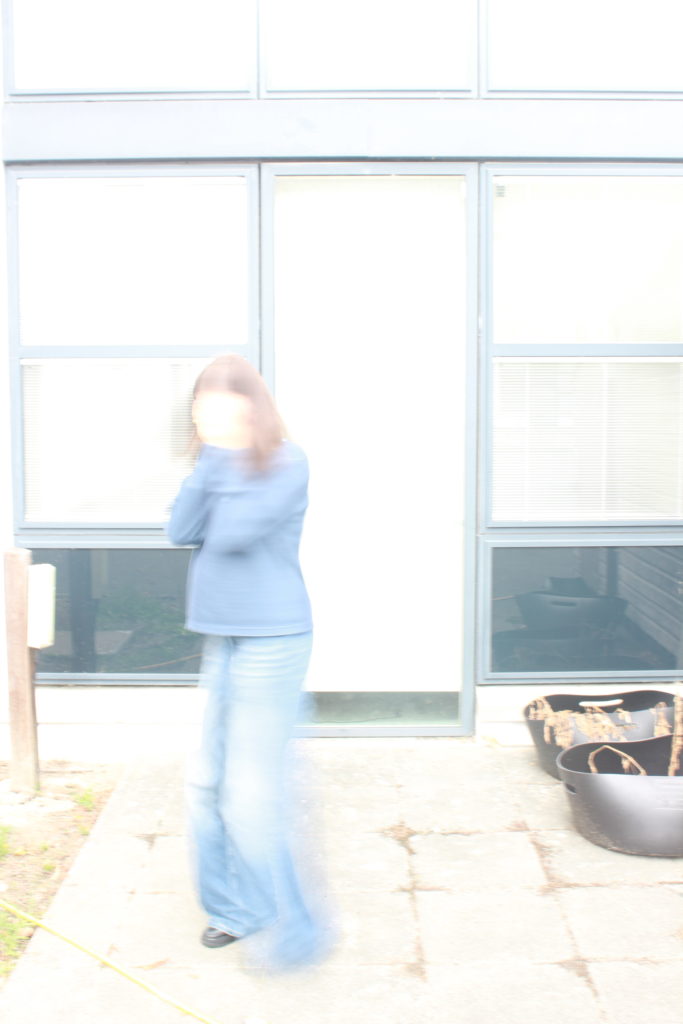
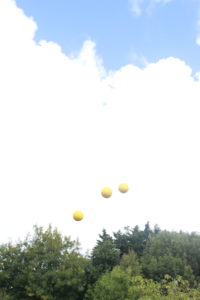
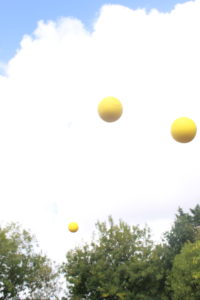
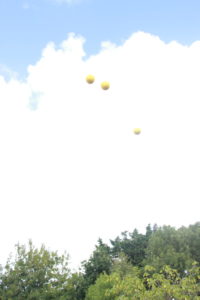
EDITING BEST SHOT
To start off, I knew I wanted to change the brightness as they pictures were way too bright, then I focused on just making the overall picture better. After that, I used the dodge and burn tool on photoshop to really define the areas that I wanted to pop out more.
Here are the adjustments I made:
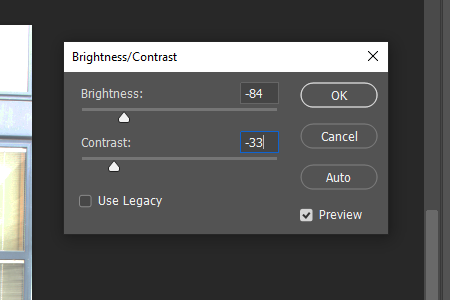

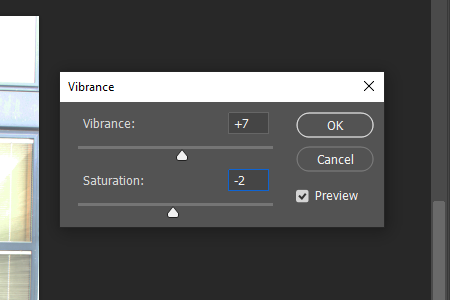
THE FINAL EDIT
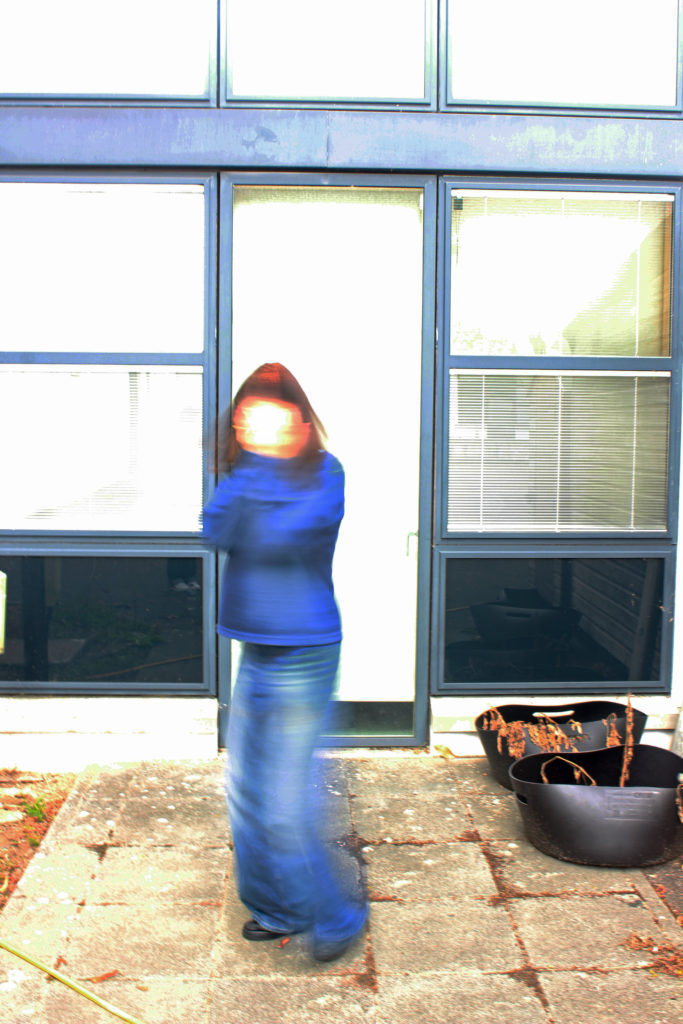

JOHN BALDESSARI RESEARCH
John Baldessari was initially an artist but began to incorporate photography in his canvas in the mid-1960s. He was born June 17, 1931 in California and attended Sweetwater High School and San Diego State College where he received his Master of Arts in Painting. He then went on to study at the University of California, Berkeley and the University of California, Los Angeles. In 1956, he started a painting class at San Diego State College, and he continued to teach along with creating his own works of art for the rest of his career. In 1970, he began working in printmaking, film, video, sculpture, and photography before moving into photomontage in 1980.

In 1970, John Baldessari and five friends burnt all of the paintings he had created in the time between 1953 to 1966 as a part of a new project he call The Cremation Project. He baked the ashes of the painting into cookies and placed in an urn. Throughout this process, Baldessari created connections between artistic practice and the human life cycle.
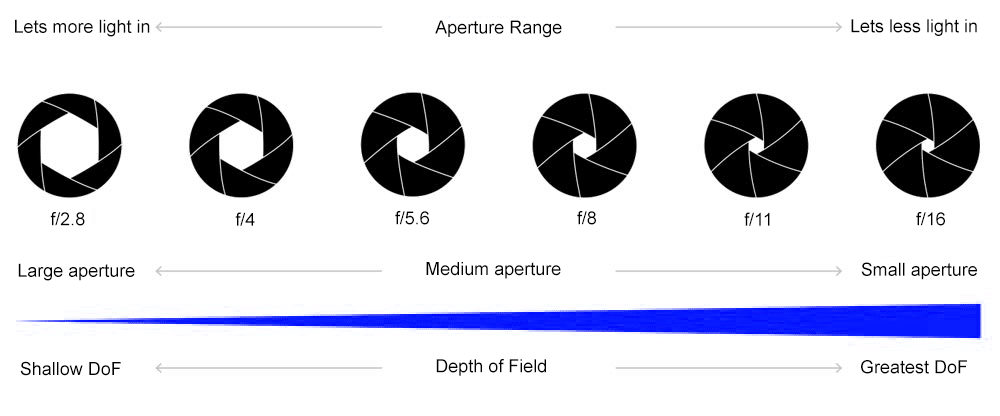
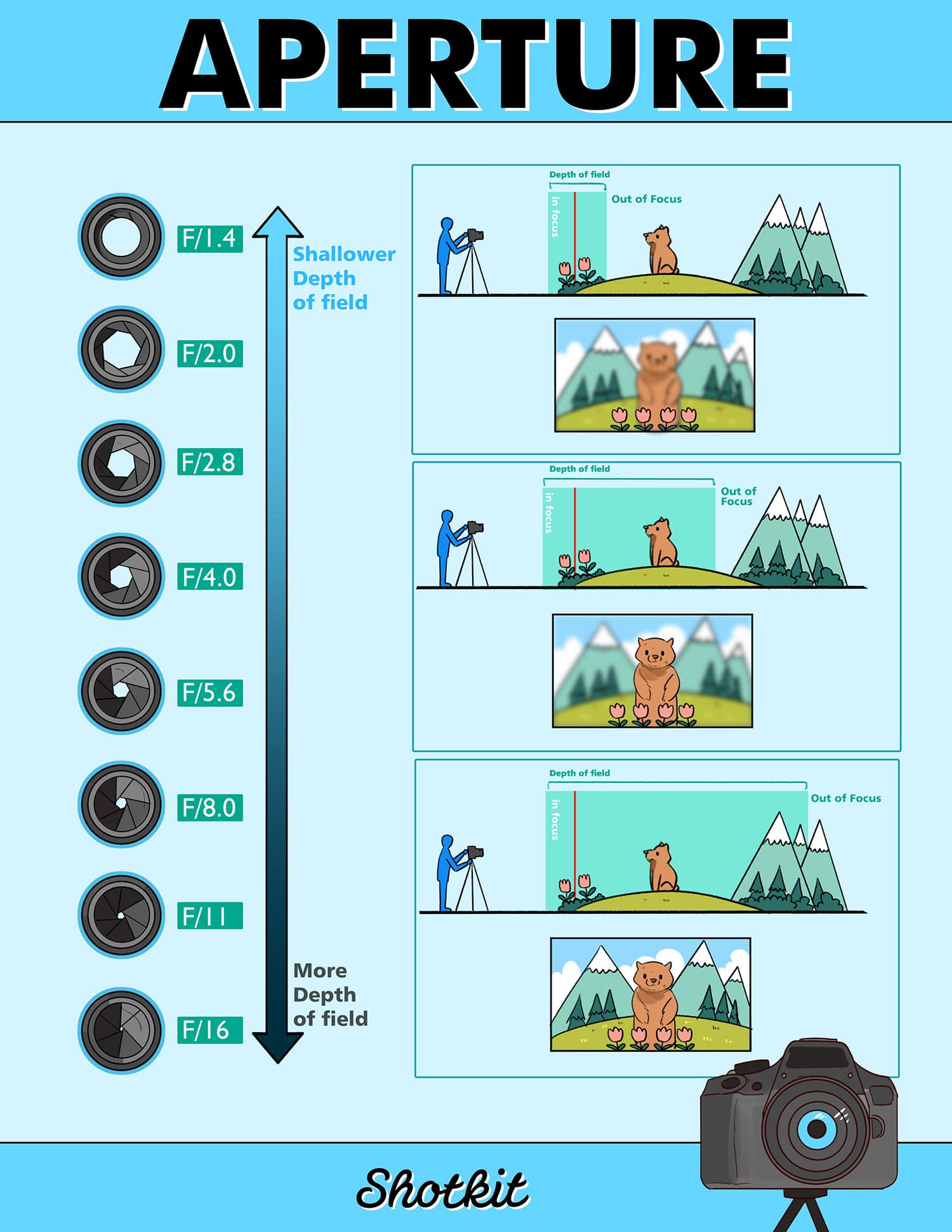
Depth of field is how much your image focuses s the distance between the nearest and the furthest objects that are in acceptably sharp focus in an image captured with a camera.
